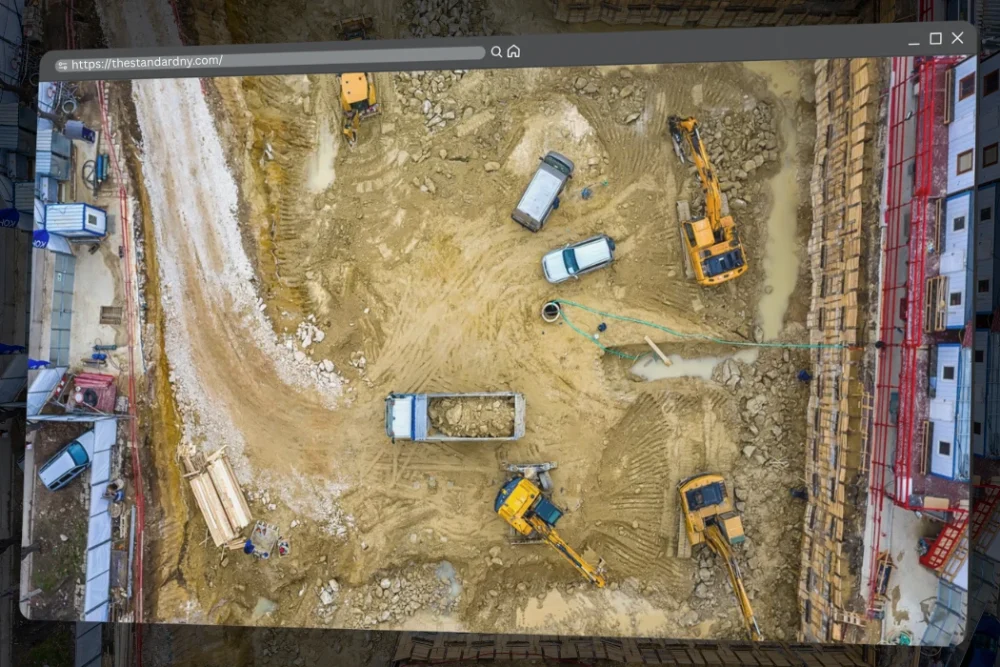The introduction of Bills S.1672 and A.756 in New York’s legislative session has raised alarms among educators, taxpayers, and construction experts on Long Island. These bills propose mandating Project Labor Agreements (PLAs) for all school construction projects, a move that may seem beneficial at first glance but could have far-reaching negative impacts on school infrastructure, local workers, and the community as a whole.
What Are Project Labor Agreements (PLAs)?
PLAs are pre-hire collective bargaining agreements that set the terms and conditions for construction projects. While these agreements are typically negotiated with labor unions to streamline hiring and project timelines, they come with strings attached. Contractors must recognize unions as the workforce representatives, hire through union halls, and adhere to union standards on pensions, conditions, and conflict resolution.
Though PLAs are often promoted as a way to ensure fair wages and worker protections, they can limit competition, increase costs, and ultimately sideline non-union workers, especially in regions like Long Island, where non-union construction workers make up the vast majority.
Currently, around 80% of New York State construction workers are non-union, according to the Bureau of Labor Statistics. By mandating PLAs, the legislation would effectively exclude the majority of local, skilled workers from participating in school construction projects. Instead, districts would be required to hire from union halls, which not only reduces the available workforce but also leads to potential delays and increased costs.
Real-world examples from other parts of the state demonstrate the pitfalls of mandated PLAs. The SUNY Binghamton Lecture Hall renovation, for instance, faced significant delays due to a lack of interested contractors, a direct result of the PLA requirements. Similarly, the Dietz Stadium renovation in Kingston saw project costs spiral after a PLA mandate was enforced. These cautionary tales highlight the risk of implementing similar mandates in Long Island schools.
Financial Burden on Taxpayers
A study by the Beacon Hill Institute in 2020 found that school construction projects in Connecticut built under PLAs cost nearly 20% more per square foot than non-PLA projects. In New Jersey, PLA mandates increased costs by over 16%. With inflation and material prices already straining school budgets, forcing districts to operate under PLAs could make necessary renovations and upgrades financially unfeasible.
Many Long Island schools are already struggling to maintain and upgrade their facilities. Overcrowded classrooms, outdated heating and cooling systems, and deteriorating infrastructure are ongoing challenges. Forcing districts to adopt PLAs would not only reduce the number of warranted projects but could also lead to the cancellation of essential upgrades. The impact on students and teachers would be profound, as many schools are already operating beyond capacity.
Rather than mandating PLAs, lawmakers should focus on creating policies that encourage competitive bidding, local hiring, and cost-efficient project management. Long Island’s schools deserve the freedom to choose the most efficient and affordable methods for construction and renovation. Imposing blanket mandates will only worsen financial strain, limit employment opportunities, and delay much-needed educational improvements.
Community leaders, school administrators, and taxpayers must make their voices heard to prevent legislation that could hinder educational progress. The future of Long Island schools depends on a balanced approach that prioritizes efficiency, inclusivity, and fiscal responsibility.





